
How to Deal with Loss of Power on Hills in the Fiat Doblo

The Fiat Doblo is a versatile and reliable vehicle, popular among families and businesses alike. However, like any other car, it can experience mechanical issues, particularly when driving on hilly terrain. One common problem is the loss of power, which can be alarming and potentially hazardous. Understanding the causes and solutions to this issue is crucial for Doblo owners who frequently drive in hilly areas. This article will explore the reasons behind the loss of power on hills in the Fiat Doblo and provide practical advice on how to address this problem, ensuring a safer and more enjoyable driving experience.
Dealing with Loss of Power on Hills in the Fiat Doblo: A Comprehensive Guide
The Fiat Doblo is a versatile and reliable vehicle, but like any other car, it can experience a loss of power, especially when driving on hills. This can be a concerning issue for drivers, as it may affect the vehicle's overall performance and safety. In this section, we'll explore the possible causes of power loss on hills in the Fiat Doblo and provide practical tips on how to address this issue.
Understanding the Causes of Power Loss on Hills
The loss of power on hills in the Fiat Doblo can be attributed to several factors, including inadequate engine power, poor transmission performance, and excessive weight. When driving uphill, the engine is subjected to increased stress, which can lead to a decrease in power output. Additionally, if the transmission is not functioning properly, it can cause the engine to work harder, resulting in a loss of power.
Driving Techniques to Minimize Power Loss
To minimize power loss when driving on hills in the Fiat Doblo, drivers can employ several techniques. Using the correct gear is essential, as it allows the engine to operate within its optimal power range. Drivers should also avoid sudden acceleration, as it can put excessive strain on the engine and transmission. Furthermore, maintaining a steady speed can help reduce the load on the engine and minimize power loss.
Maintenance and Upgrades to Prevent Power Loss
Regular maintenance is crucial to preventing power loss on hills in the Fiat Doblo. Checking and replacing the air filter can help ensure that the engine is receiving adequate airflow, while servicing the transmission can help maintain its performance. Additionally, upgrading to a performance-enhancing chip can help optimize engine performance, especially when driving uphill.
| Cause of Power Loss | Symptoms | Solution |
|---|---|---|
| Inadequate Engine Power | Slow acceleration, struggling to climb hills | Upgrade to a performance-enhancing chip or replace the engine |
| Poor Transmission Performance | Slipping or hesitation when shifting gears | Service or replace the transmission |
| Excessive Weight | Reduced acceleration, struggling to climb hills | Reduce the payload or consider upgrading to a more powerful engine |
Why does my car lose power going uphill?
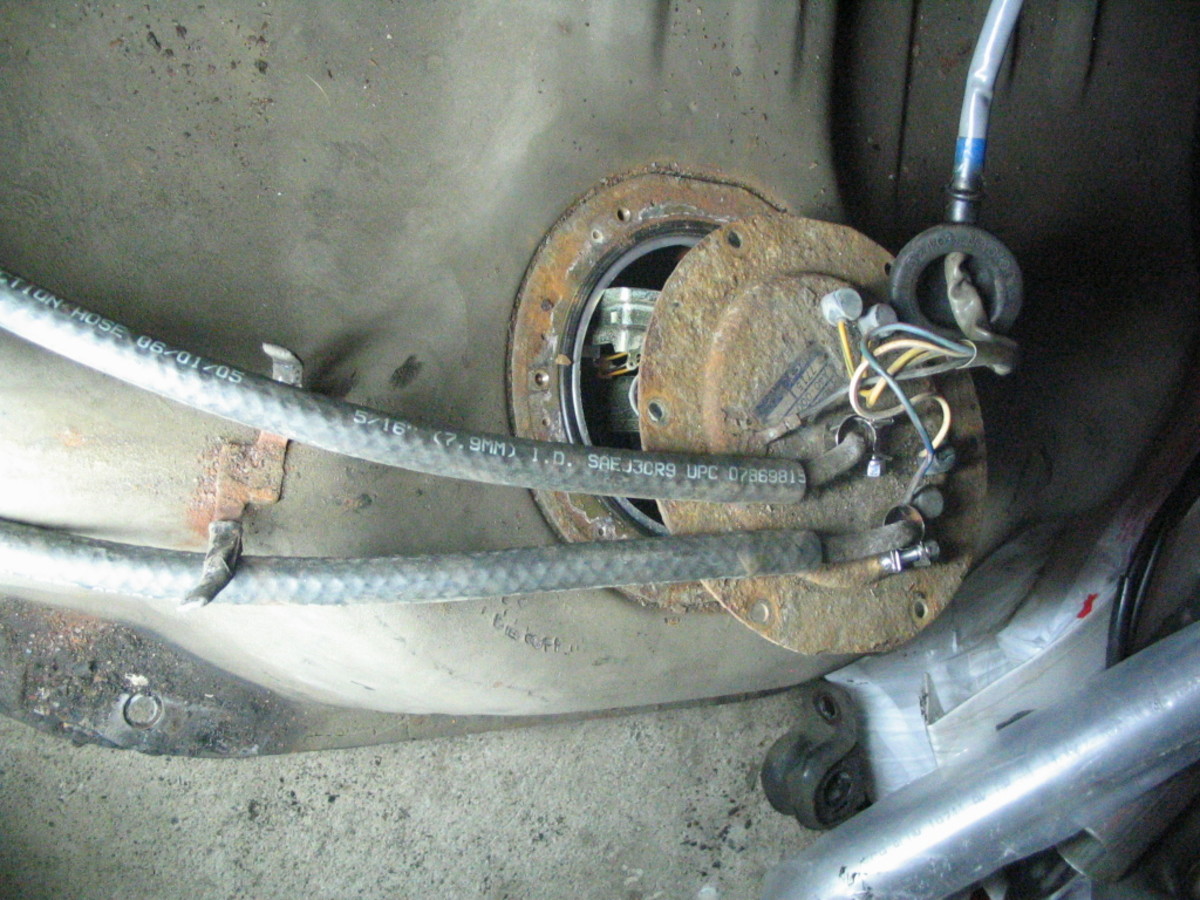
When driving uphill, your car may experience a decrease in power due to various factors. The primary reason is that the engine is working harder to overcome the force of gravity, which requires more energy. As the car ascends, the engine needs to produce more power to maintain its speed, but if it's not capable of doing so, the car will lose power.
Factors Contributing to Power Loss
The loss of power when driving uphill can be attributed to several factors. The engine's ability to produce power is affected by the incline of the hill, the weight of the vehicle, and the condition of the engine. Some key factors include the air density, which decreases at higher elevations, and the engine's capacity to provide the necessary torque.
- The air filter may be clogged, reducing airflow to the engine.
- The engine might be experiencing wear and tear, such as low compression or faulty spark plugs.
- The transmission may be slipping or not engaging properly.
Engine Performance and Power Output
The engine's performance plays a crucial role in determining the car's power output when driving uphill. As the engine works harder, it requires more fuel and air to produce the necessary power. However, if the engine is not functioning optimally, it may not be able to deliver the required power, resulting in a loss of speed and performance.
- The fuel filter may be dirty or clogged, restricting fuel flow to the engine.
- The engine's ignition system may be malfunctioning, causing misfires or weak sparks.
- The car's exhaust system may be restricted, reducing the engine's ability to breathe.
Transmission and Gear Ratio
The transmission and gear ratio also play a significant role in determining the car's power output when driving uphill. The transmission helps to adjust the gear ratio to provide the necessary torque and speed. However, if the transmission is not functioning correctly, it may not be able to provide the required gear ratio, resulting in a loss of power.
You may be interested in reading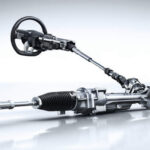 Fixing Steering Loss Problems in Your Fiat Doblo
Fixing Steering Loss Problems in Your Fiat Doblo- The transmission fluid may be low or dirty, causing the transmission to slip or not engage properly.
- The gear ratio may not be suitable for the terrain, resulting in the engine working too hard.
- The transmission may be experiencing wear and tear, such as worn-out clutch packs or bands.
What are the most common problems with a used Fiat Doblo MPV?

The Fiat Doblo is a popular MPV that has been in production since 2000, and while it's known for its practicality and spacious interior, like any used vehicle, it can have its share of problems. Some of the most common issues with a used Fiat Doblo MPV include problems with the engine, transmission, and electrical systems.
Reliability Concerns
The reliability of a used Fiat Doblo can be a concern, particularly with older models. Some owners have reported issues with the engine, such as oil leaks and faulty turbochargers. To minimize the risk of buying a problematic vehicle, it's essential to check the maintenance history and look out for any signs of wear and tear.
Some common reliability concerns include:
- Faulty turbochargers, which can be expensive to replace
- Oil leaks, which can cause damage to the engine if left unchecked
- Problems with the fuel system, such as clogged fuel injectors or faulty fuel pumps
Transmission and Clutch Issues
The transmission and clutch are other areas where problems can occur in a used Fiat Doblo. Some owners have reported issues with the gearbox, including slipping or hesitation when shifting gears.
Some common transmission and clutch issues include:
- Worn-out clutch components, which can cause slipping or difficulty shifting gears
- Problems with the gearbox, such as worn-out bearings or synchronizers
- Clutch failure, which can be caused by wear and tear or excessive use
Electrical System Faults
The electrical system in a used Fiat Doblo can also be prone to faults, particularly with older models. Some owners have reported issues with the battery, alternator, and starter motor.
Some common electrical system faults include:
- Faulty battery or charging system, which can cause the vehicle to not start
- Problems with the starter motor, such as worn-out brushes or a faulty solenoid
- Issues with the vehicle's computer system, such as faulty sensors or software glitches
How many miles will a Fiat Doblo last?

The lifespan of a Fiat Doblo in terms of mileage depends on various factors such as maintenance, driving conditions, and model year. Generally, a well-maintained Fiat Doblo can last for a considerable number of miles.
Factors Affecting the Lifespan of a Fiat Doblo
The longevity of a Fiat Doblo is influenced by several factors including regular maintenance, driving habits, and the overall condition of the vehicle. Proper maintenance such as regular oil changes, tire rotations, and addressing any issues promptly can significantly extend the life of the vehicle.
- Regular maintenance is crucial for extending the lifespan of a Fiat Doblo.
- Driving habits such as frequent city driving or driving in harsh weather conditions can affect the vehicle's longevity.
- The model year and generation of the Fiat Doblo also play a role in determining its overall lifespan.
Average Mileage Expectation for a Fiat Doblo
On average, a Fiat Doblo can last for around 150,000 to 200,000 miles or more with proper care. Some owners have reportedly driven their Fiat Doblo for over 250,000 miles without major issues.
- The average lifespan can vary depending on the specific model and year of the Fiat Doblo.
- Proper maintenance and driving habits can significantly impact the vehicle's overall mileage.
- Some Fiat Doblo models are more prone to certain issues that can affect their longevity.
Tips for Extending the Lifespan of a Fiat Doblo
To maximize the lifespan of a Fiat Doblo, owners should focus on regular maintenance and addressing any issues promptly. This includes following the recommended maintenance schedule, checking for any signs of wear or damage, and driving the vehicle responsibly.
You may be interested in reading Fixing Steering Loss Problems in Your Fiat Doblo
Fixing Steering Loss Problems in Your Fiat Doblo Resolving Gearbox Issues in the Fiat Doblo
Resolving Gearbox Issues in the Fiat Doblo- Regularly check and maintain the vehicle's fluid levels to prevent damage.
- Address any issues or problems promptly to prevent them from becoming major issues.
- Drive the vehicle responsibly and avoid extreme driving conditions when possible.
Does a Fiat Doblo have a timing belt or chain?
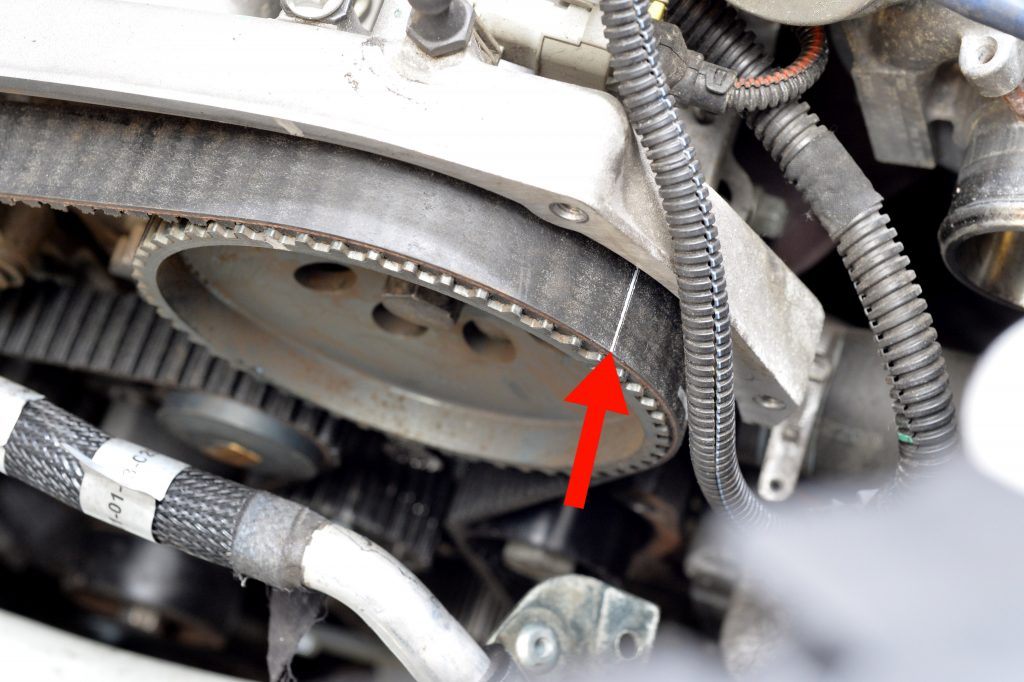
The Fiat Doblo is a popular vehicle model produced by the Italian automaker Fiat. The type of timing component used in the Fiat Doblo depends on the engine type and model year. Generally, the Fiat Doblo engines come with either a timing belt or a timing chain.
Timing Component Overview
The timing component is a crucial part of the engine, responsible for synchronizing the rotation of the crankshaft and camshaft. In the case of the Fiat Doblo, the type of timing component used can vary depending on the engine. Some engines are equipped with a timing belt, while others have a timing chain.
- The timing belt is typically used in engines with a specific design and configuration.
- The timing chain, on the other hand, is often used in engines with a more complex design.
- The type of timing component used can impact the maintenance and repair requirements of the vehicle.
Engine-Specific Timing Components
Different Fiat Doblo engine models have distinct timing components. For example, some diesel engines may be equipped with a timing belt, while others may have a timing chain. It's essential to consult the vehicle's documentation or manufacturer's guidelines to determine the type of timing component used in a specific Fiat Doblo model.
- Checking the vehicle's manual is a good starting point to determine the type of timing component.
- The manufacturer's website or customer support can also provide information on the timing component.
- A trusted mechanic or a Fiat dealership can inspect the vehicle and provide a definitive answer.
Maintenance and Replacement
Regardless of whether the Fiat Doblo has a timing belt or chain, regular maintenance is crucial to prevent engine damage. The timing component should be inspected and replaced at the recommended interval to avoid costly repairs.
- The replacement interval for the timing component varies depending on the engine type and model year.
- Neglecting to replace the timing component can lead to engine failure and costly repairs.
- A qualified mechanic should perform the replacement to ensure it's done correctly.
Frequently Asked Questions
What causes loss of power on hills in the Fiat Doblo?
The loss of power on hills in the Fiat Doblo is often due to inadequate engine performance or transmission issues. It can be caused by worn-out spark plugs, clogged air filters, or faulty fuel injectors. Additionally, a malfunctioning turbocharger or a clogged exhaust system can also contribute to the problem. Regular maintenance checks can help identify and address these issues.
How can I prevent loss of power on hills in my Fiat Doblo?
To prevent loss of power on hills, ensure your Fiat Doblo is properly maintained. Regularly check and replace spark plugs, air filters, and fuel filters as needed. Keep your engine tuned and address any issues promptly. Also, avoid overloading your vehicle and maintain the recommended tire pressure. Driving in a lower gear when ascending steep hills can also help maintain power.
Can a faulty transmission cause loss of power on hills in the Fiat Doblo?
Yes, a faulty transmission can cause loss of power on hills in the Fiat Doblo. Transmission issues, such as worn-out clutch packs or faulty solenoid packs, can lead to slipping or hesitation when driving uphill. If the transmission is not functioning correctly, it can cause the engine to rev without propelling the vehicle forward, resulting in a loss of power.
Is it safe to drive a Fiat Doblo with loss of power on hills?
Driving a Fiat Doblo with loss of power on hills is not recommended, as it can be hazardous, especially on steep or long inclines. The vehicle may stall or roll back, potentially causing an accident. It is best to diagnose and address the issue promptly to ensure safe and reliable operation of your vehicle. Consult a professional mechanic if you experience persistent loss of power on hills.
https://youtube.com/watch?v=VpfGHrsnQyY
You may be interested in reading Fixing Steering Loss Problems in Your Fiat Doblo
Fixing Steering Loss Problems in Your Fiat Doblo Resolving Gearbox Issues in the Fiat Doblo
Resolving Gearbox Issues in the Fiat Doblo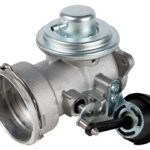 How to Clean and Maintain the Fiat Doblo’s EGR Valve
How to Clean and Maintain the Fiat Doblo’s EGR ValveIf you want to know other articles similar to How to Deal with Loss of Power on Hills in the Fiat Doblo you can visit the category Fiat Doblo.
Deja una respuesta

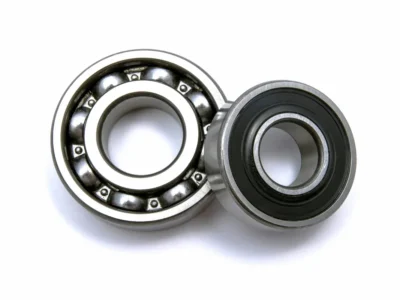


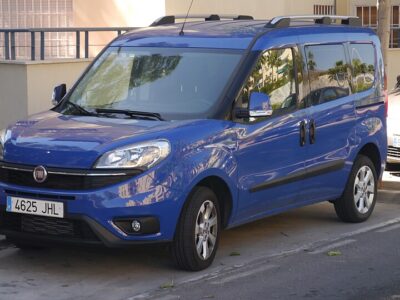

More content of your interest